Fluorescence Spectrophotometer F-7100
Hitachi’ s Superior Fluorescence Technology has created a new generation of fluorescence spectrometers.
F-7100 is the evolution of the robust and reliable F-7000 with the latest optical technology and improved analytical performance.
- “Best-in-Class” Analytical Signal-to-Noise
- Ultra-Fast Scanning
- 2,500hr Long lifetime light source
- Compact design
- Multiple accessories
With the highest level for 3D fluorescence spectra, F-7100 can be used in a wide range of applications from the cutting edge research to quality control: Applications.
21 CFR Part 11 Compliant software available.
Best-in-Class” Analytical Signal-to-Noise. 360 of S/N (P-P) and > 1,200 of S/N (RMS)
Best-in-Class” Analytical Signal-to-Noise. 360 of S/N (P-P) and > 1,200 of S/N (RMS)
Increased sensitivity 1.5x compared to conventional instruments
Due to its enhanced sensitivity (1.5x higher), weak signals can be detected with very low noise levels.
An example of the high sensitivity analysis for fluorescein is shown. The F-7100 detected fluorescence in the order of 1×10-13 mol/L (sub-picomol) compared with a blank sample (purified water); a useful calibration was obtained in the ultra-trace range.
Industry leading lamp lifetime
Light source with 5x*¹ longer lifetime compared to conventional instruments – lifetime of 2,500 hours*² –
With the application of the new Xe lamp and the improved lamp ignition power source, both luminance and the lamp lifetime were increased.
Increased lamp lifetime reduces operating Cost-of-Ownership and instrument service time.
- *1
- Comparison with the service life (recommended replacement interval) of the standard Xe lamp (PN: 650-1500) of F-7000 fluorescence spectrophotometer.
- *2
- Lifetime is usable limit. Guaranty for 500 operating hours or 6 months, whichever shorter.
Troubles due to mishandling are not within guarantee.
High-Speed Scan at 60,000 nm/min – Example of reaction tracing with a spectrum
The fast-speed scanning enables users to carry out measurements that have been difficult with conventional instruments. In this example, an isomerization process of coumarin in kerosene was traced by spectrum measurement at 2-second intervals and displayed as a 3-D time-scan spectrum. This is a new function in the F-7000.
Previously, a quick reaction which occurs within 1 minute could be measured only by using the fixed wavelength method. The F-7000 is capable of following such a quick reaction because of its fast scanning, measuring the entire wavelength range within 1 second.
FL intensity standardization to correct for fluorecence intensity variation over time and between instruments
The variations in the fluorescence intensity over time and between instruments can be corrected. Fluorescence intensity is affected by changes in lamp brightness, room temperature, optical system, etc. The fluorescence intensity of the standard sample is measured, and the sample fluorescence intensity is converted to the fluorescence intensity relative to the standard sample. This standardization is also used for the intensity comparison between different instruments, including the analysis of humic substances in environmental water (conversion to quinine sulfate), the analysis of chlorophyll in water (conversion to fluorescein), and the specified value for reagent purity (conversion to quinine sulfate).
Detection of Food Safety Using Fluorescence Fingerprint
A report on detection of food safety using fluorescence fingerprint, extracted from Scientific Instrument NEWS, a technical magazine of electron microscope and analytical instruments.
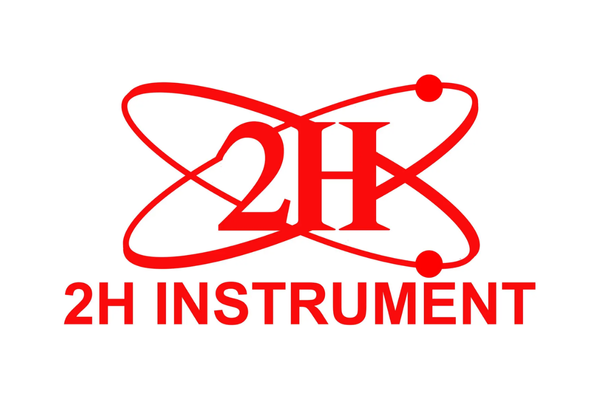


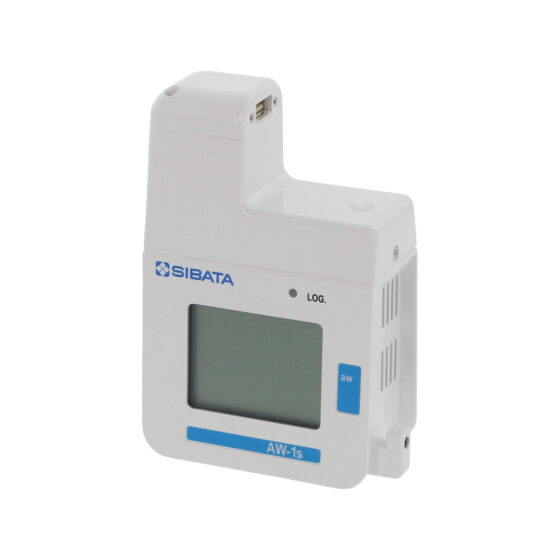
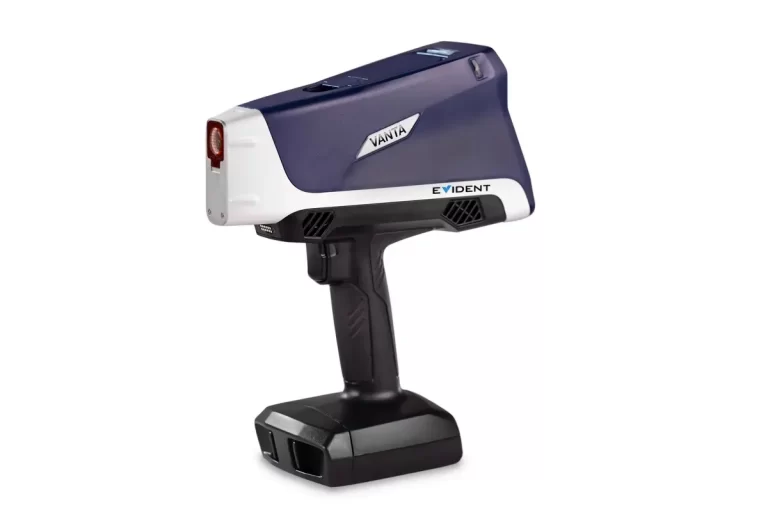
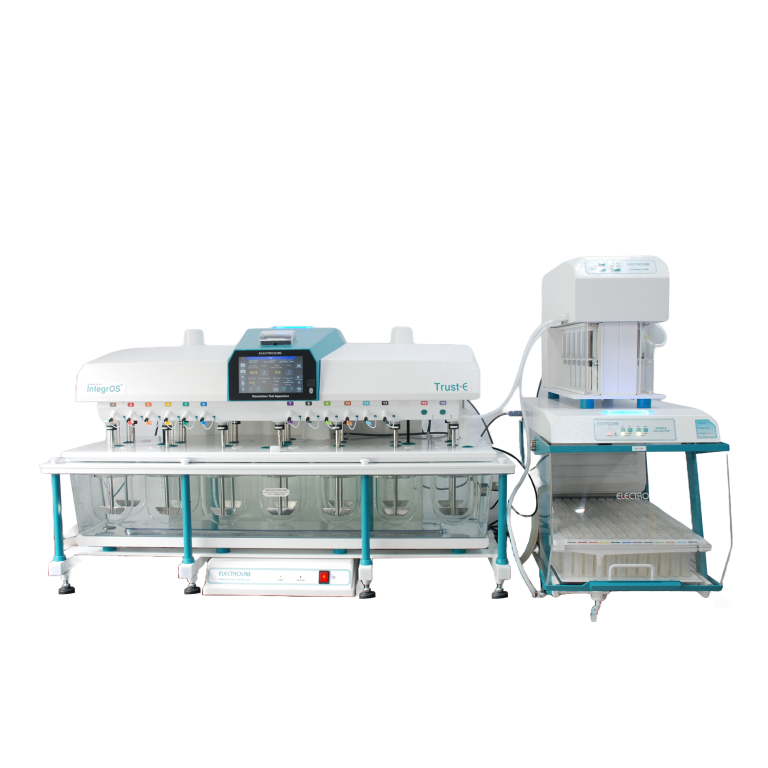
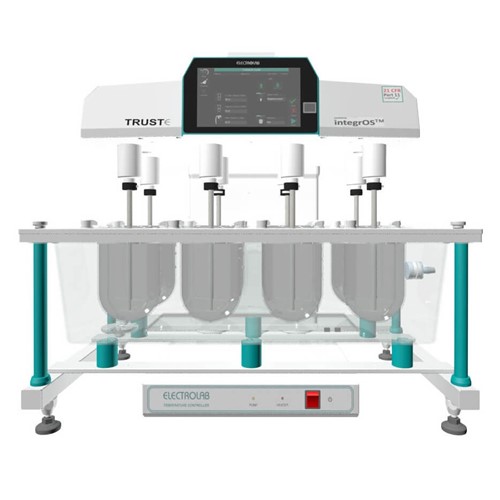
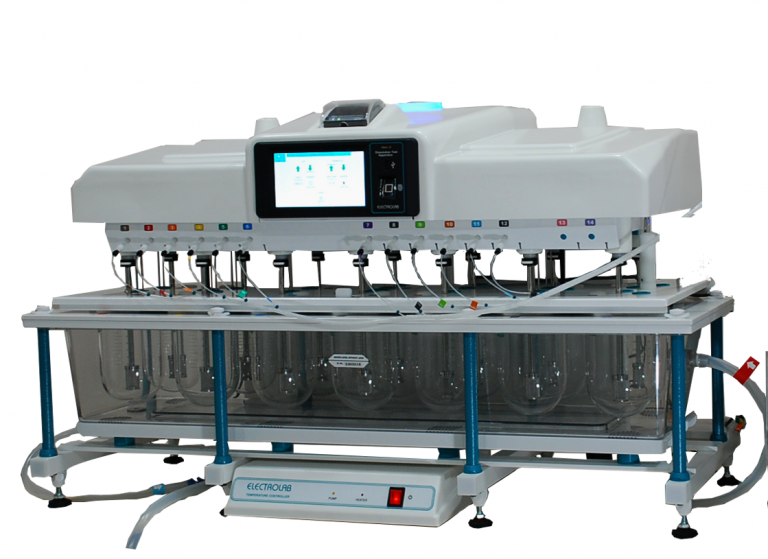
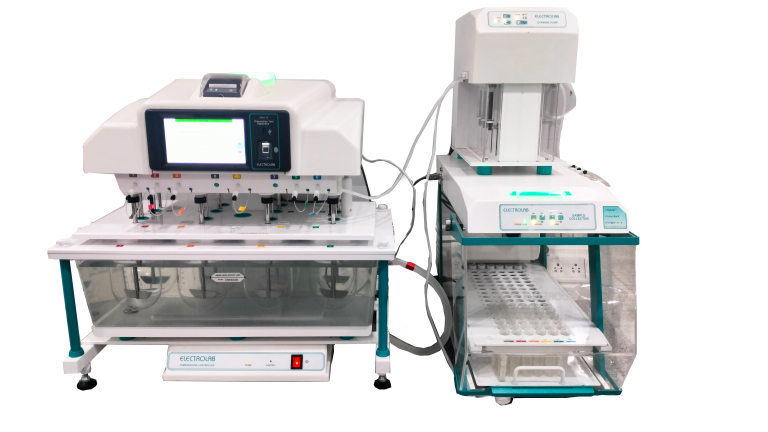
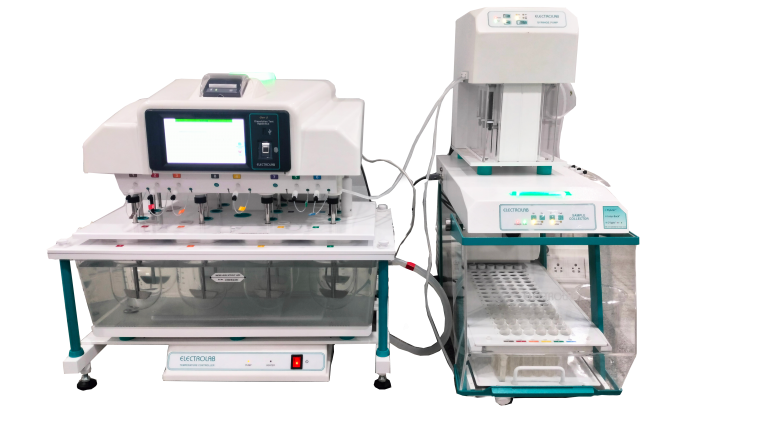
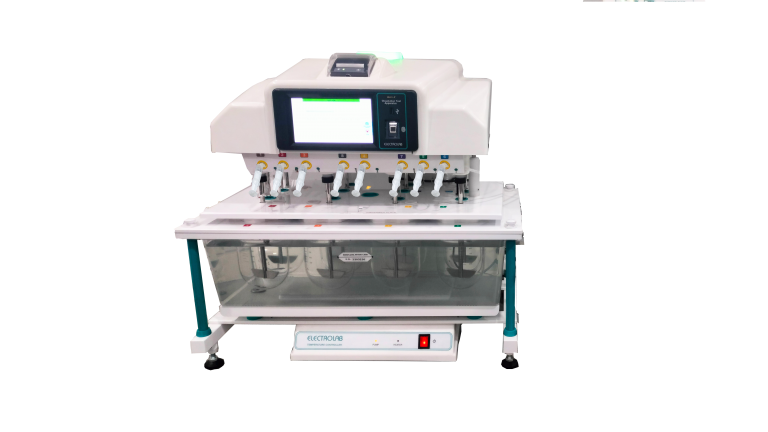
Reviews
There are no reviews yet.